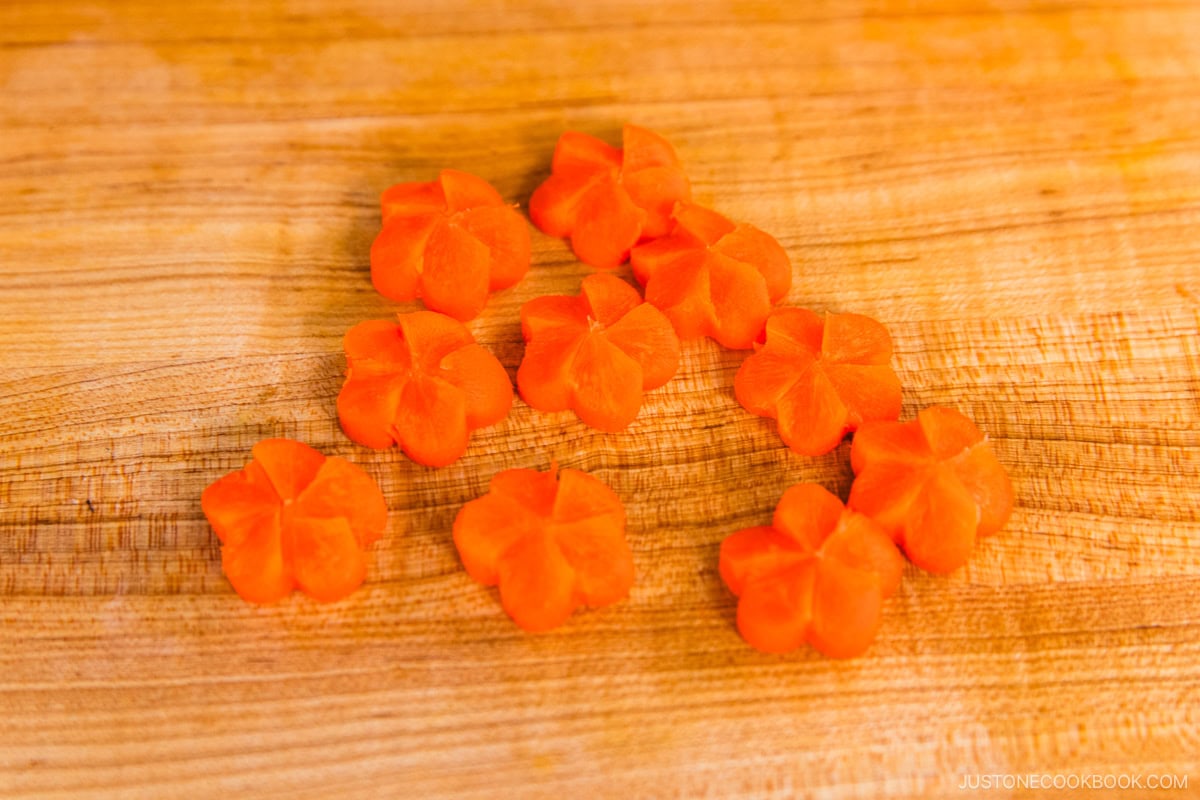
Japanese Classic Soba Noodles Umami-Rich Easy Good for One
Kamo nanban soba is a beloved Japanese noodle dish served hot with slices of duck and Japanese leek (naganegi) in a rich dashi-based broth. Known for its deep umami flavor, it’s a favorite at soba specialty restaurants and especially comforting during colder months.
Traditionally, the duck used is a crossbreed between wild and domestic ducks, prized for its flavorful fat and tender meat. Mallards (wild ducks) were historically used in winter, as were Japanese leeks—making this dish strongly tied to the season. Today, duck remains uncommon in everyday supermarkets, with limited availability and cuts. For a more accessible home-cooked alternative, “kashiwa nanban” uses chicken instead and is just as delicious.
Interestingly, “nanban” in this context refers to Japanese leek, but the word appears in other dishes like chicken nanban or nanban-zuke, where it implies foreign influence or a vinegar-based preparation. It’s a fun quirk of Japanese culinary language worth exploring.
Though kamo nanban soba is simple in appearance, achieving the perfect bowl requires attention to detail in every step, from choosing ingredients to cooking techniques. Here are a few key tips:
- Choosing the right duck: Use fresh duck meat with a vivid color and creamy white fat. The fat is essential to creating the dish’s signature umami-rich broth. Look for cuts with some visible fat for the best flavor.
- Making the dashi-based broth: Skip store-bought broth if possible. Make your own dashi using dried kombu and bonito flakes. Simmering these together with duck enhances the broth with both smoky and meaty umami. This extra step elevates the entire dish.
- Boiling and finishing soba noodles: Soba quality matters. Choose noodles made with a high buckwheat ratio and firmer texture, which hold up well in hot broth. After boiling, rinse them in cold water to preserve their bite—this step is crucial before reheating them in the soup.
- Toppings for flavor and aroma: Kamo nanban soba is delicious on its own, but toppings can elevate it further. Add chopped green onions, yuzu peel for a citrusy touch, or a pinch of shichimi togarashi for gentle heat.
With just a bit of care, kamo nanban soba is easy to recreate at home. Follow the recipe steps, pay attention to ingredient quality, and enjoy this warming, savory noodle dish that captures the best of winter flavors.
Overview
Prep time: 1 mins
Cook time: 15 mins
Total time: 16 mins
Total servings: 1
Difficulty: Easy
Ingredients
- 100g dried soba noodles
- 50g sliced duck thigh
- 16cm Japanese leek
- 2Tsp sesame oil or cooking oil
- sprinkle of salt (for duck)
- 500ml water (for dashi soup stock)
- 10g dried bonito flakes (for dashi soup stock)
- 5g dried kombu seaweed (for dashi soup stock)
- 1Tbsp soy sauce (for seasoning dashi soup stock)
- 25ml mirin (for seasoning dashi soup stock)
- salt to taste if needed (for seasoning dashi soup stock)
- chopped green onion (for toppings, optional)
- shichimi pepper (for toppings, optional)
Expert's Tip

If you want to add a twist to your kamo nanban soba, try using Kiyosen Uji Matcha Authentic Green Tea Soba Noodles. The vibrant green color and subtle matcha flavor beautifully complement the rich, savory broth, giving your dish a fresh, modern spin.
Instructions
1) Gather the Ingredients
I’m using sliced duck, but if you’re using a portion of duck, slice it to an even thickness so it cooks through evenly.
To enhance the flavor, add condiments such as chopped green onions, yuzu zest and Shichimi pepper adjusting to your taste.
For preparation beforehand, prepare a pot with the 500ml water with the dried kombu seaweed and set aside for at least 30minutes.
*Out of total amount of Dashi soup stock, use 350ml for this recipe.

2) Cut the Japanese Leek
Cut the Japanese leek into 4cm length.
3) Prepare the Dashi Soup Stock
Use the pot with kombu seaweed from step 1. Bring it to a boil over medium heat just before it starts boiling. Remove the kombu from the pot, then add the dried bonito flakes. Bring it to a boil again, then turn off the heat and let it sit for about 2-3 minutes.
Place a mesh strainer over a bowl with a paper towel and strain the dashi soup stock. Use 350ml for this recipe out of the total amount.


4) Boil the Soba Noodles
Prepare a large pot and fill it with enough water, then bring it to a boil. Boil the soba noodles according to the time indicated on the package.
Right after boiling the soba noodles, drain the water using a mesh sieve and rinse them under cold tap water, using your hand to remove any sliminess from the surface.
Once rinsed, gently squeeze out any excess moisture and set the noodles aside.
5) Pan-Fry the Duck and Japanese Leek
Sprinkle salt on duck slices. Heat a pan with the sesame oil or cooking oil, then add the Japanese leeks. Pan-fry over low to medium heat until the surface turns golden brown and the inside is almost cooked. Next, place the duck slices and lightly pan-fry
them to avoid overcooking.
Once they are cooked, transfer them to a plate and set aside. Don’t throw away the leftover oil in the pan, it can be used for the broth in the next step.
6) Prepare the Broth
Use the dashi soup stock from step 3. Prepare a small pot and add the dashi in it. Then, heat it over medium heat. Add the soy sauce, mirin and the leftover oil from step5, straining out any solids with a fine mesh strainer. Once boiled, turn off the heat.
7) Dish Up
Prepare a bowl and place the soba noodles in it. Pour the broth from step 6 over the noodles and top with the toppings from step 5. If you prefer, sprinkle with shichimi pepper and chopped green onions.

8) Serve & Enjoy!
Enjoy hot and comforting kamo nanban soba at home!
About the author
Megumi is a recipe writer based in Chiba, Japan. She carries a Bachelor in the Faculty of Foreign Studies and is interested in creating content about Japanese cuisine and traditional confectioneries. Megumi is most interested in making Japanese recipe content, and in her free time, she likes to play the piano, make handcrafted goods, and hula dance. She hopes to inspire Japanese Taste readers to make Japanese recipes at home and of course share more about Japanese culture.











 English (US) ·
English (US) ·